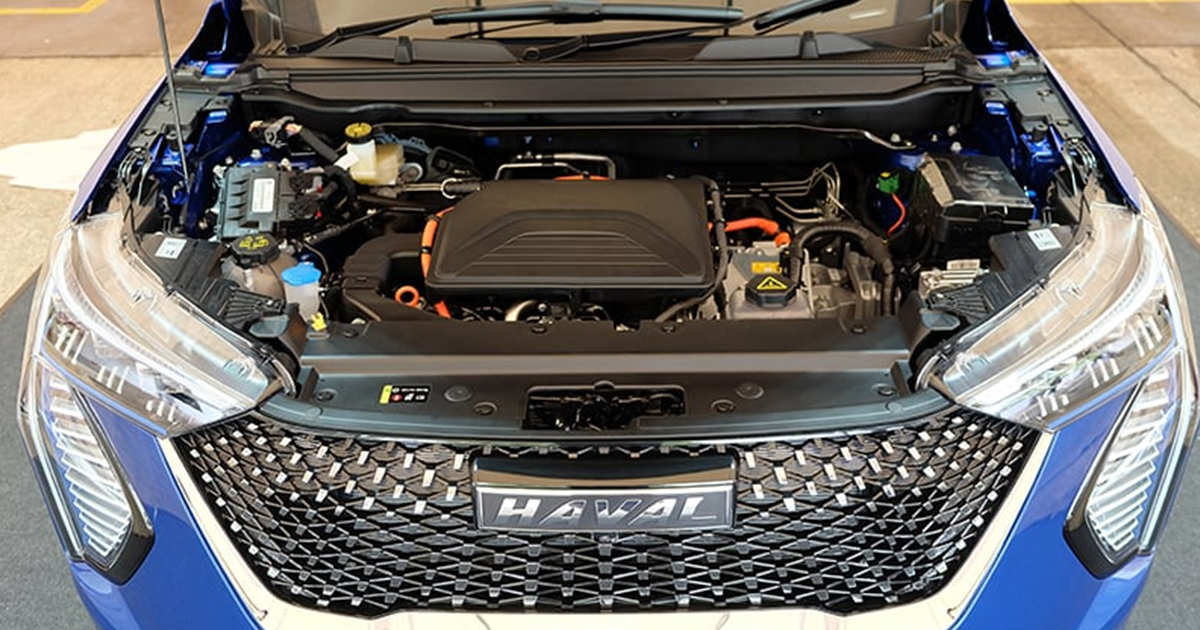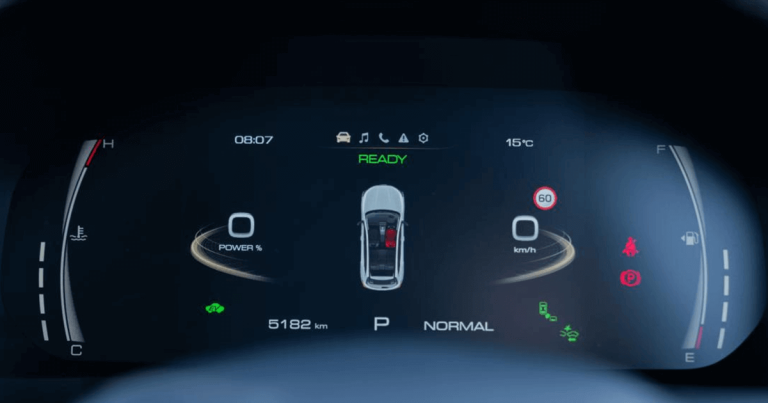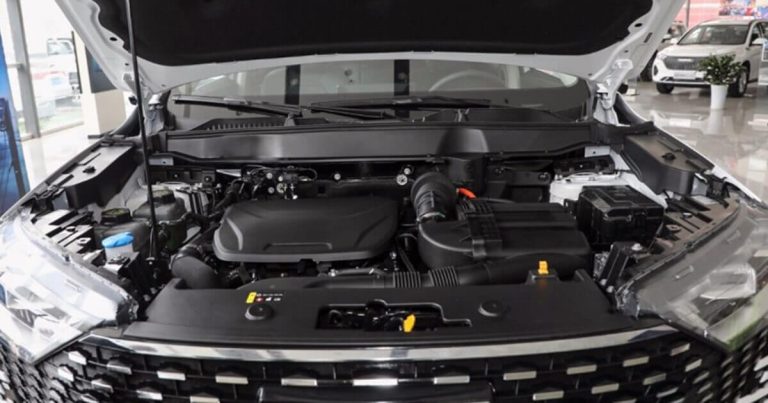Navigating the world of car engines can be a confusing job. Yet understanding the core technology is key to a car’s efficiency and performance. The carburetor has been the standard for delivering petrol all these years. It is a mechanical system that mixes air and gasoline to power the engine.
Technology advances with time. This accelerated the need for efficient and precise systems. This led to the creation of the electronic fuel injection (EFI).
The EFI engine has revolutionized modern vehicles. It offers a smarter and more controlled way for managing gasoline. It promises monumental improvements in petrol economy, power output, and reduced emissions.
But what is an EFI engine? And how is it different from other engines? We will explore this along with the benefits, functions, and comparisons that have made it a game-changing player.
Understanding EFI and EFI Engines
EFI means electronic fuel injection. The system is modern as it sprays petrol (or diesel) into the engine through electronic injectors. Older carburetor engines were inefficient.
An EFI system maintains an engine’s health. It delivers the proper air and gasoline mixture required for combustion. It is a cutting-edge system that sprays petrol (or diesel) electronically into the engine. This system is better than the typical carburetor system.
This advanced system is now the main standard in motor vehicles today. They offer the following:
- They provide improved engine performance.
- Lower emissions.
- Improved gasoline economy.
An EFI car works with these engines. They offer precise control over the air and fuel mixture entering the combustion chamber. Unlike typical carburetor engines (that rely on mechanical systems to measure and utilize fuel), the electronic dispersal system present in these engines uses sophisticated sensors and computerized algorithms to optimize combustion efficiency.
The following factors are the outcome:
- Smoother engine operation.
- Improved throttle response.
- Enhanced drivability.
EFI engines meter gasoline delivery with precision based on the following factors:
- Engine load.
- Temperature.
- Altitude.
They ensure that not only the needed amount is injected, but also reduce waste and optimize mileage.
The Performance Aspect of EFI Engine – how good are they?
EFI engines provide superior cold-start performance. The electronic control unit (ECU) can adjust gasoline delivery and ignition timing dynamically. The engine can start smoothly and quickly, even in extreme temperatures.
These engines produce lower emissions as the precise control they have over gasoline delivery enables cleaner combustion. This results in reduced levels of harmful pollutants discharged in the atmosphere.
These engines represent a shift in automotive technologies thanks to their unmatched efficiency, performance, and environmentally friendly nature. Indeed, the automotive industry is innovating. EFI engines will play a key role in improving and shaping transportation’s future.
Important Components of an EFI Engine
An EFI engine comprises interconnected components working together to manage the petrol delivery process. Here is an overview of its main parts:
Fuel Tank
One of the most important EFI components. It stores the vehicle’s gasoline and then supplies it to the engine.
Fuel Pump
This pump delivers petrol from the tank to the injectors.
Injector
It sprays gasoline into the engine’s combustion chamber. This is regulated by a solenoid for precise control.
Delivery Pipe
This pipe transfers petrol to the injectors from the tank. It also works as a reservoir.
The Electronic Control Unit
This works as the brain of the entire vehicle and the EFI system, too. It manages gasoline distribution from multiple sensors.
Gasoline Filter
This ensures clean petrol enters the combustion chamber by filtering out dirt and impurities.
Sensors
They monitor various conditions to help optimize gasoline delivery. The important ones are:
- Crankshaft Position Sensor (CKP).
- Intake Air Temperature (IAT).
- Manifold Absolute Pressure (MAP).
- Mass Air Flow (MAF).
- Throttle Position Sensor (TPS).
Battery
The battery supplies the electrical energy required to power the EFI system.
Advantages of an EFI Engine
An EFI engine is advantageous and has provided car owners with savings in gasoline expenses. Moreover, it has more advantages which we will certainly examine:
- Distributes the electrical charge uniformly.
- Improvement in volumetric efficiency due to the least resistance offered by the manifold.
- Charge is metered accurately.
- It eliminates the formation of ice on the throttle plate.
- Cranking is easier as gasoline atomization is not dependent on cranking speed.
- Improved atomization and vaporization will make the engine less prone to knocks
- .A less volatile fuel can be easily used.
- Petrol or Diesel is either injected into the cylinder or close to it.
Types of Gasoline Injection Systems in EFI Engines
The following are the different kinds of petrol dispersal systems present in EFI engines:
- Single-Point Fuel Injection (Throttle body
- Dispersal).
Multi-Point Fuel Injection (Port Distribution). - Sequential Fuel Injection.
- Direct Injection.
Single-Point Fuel Injection
A single-point injection system features a common gasoline injector for all cylinders in the engine’s combustion chamber. It is the oldest and simplest form of petrol distribution system.
This system uses one or two gasoline injector nozzles present in the throttle body. It does not use a carburetor. The process is also known as throttle body dispersal.
Multi-Point Fuel Injection (Port Distribution)
In this system, each cylinder in the engine’s combustion chamber has an injector at the front of its inlet valves (outside the intake port). The mechanism is also known as the port distribution system.
Sequential Port Distribution
The sequential gasoline distribution system is the most widely used one nowadays. The petrol injectors work with respect to the cylinders they are connected to. Each injector injects the gasoline once the cylinder’s intake valve opens. It remains idle for the remaining steps. Lastly, the ECU monitors the movement of cylinders and triggers the injectors when needed.
Direct Injection
This one focuses on placing the injector inside the cylinder. The petrol is injected here directly. Then it bypasses both the intake valve and the manifold. Both these parts are present on both gasoline and diesel engines. In the former, it is known as gasoline direct injection (GDI).
The Modus Operandi of an EFI Engine
An EFI engine system works through the use of sensors for gathering real-time engine data. The ECU processes this data to precisely calculate and deliver the exact amount of petrol required through the electronic gasoline injectors. It precisely atomizes and injects gasoline. It not only provides better petrol economy but also improves the following factors:
- Increases the engine’s power.
- Reduces emissions.
- Improves the overall drivability and performance of engines.
Those who are wondering how EFI works? The answer to their question is as follows:
Sensors Monitor the Engine’s Conditions
A network of sensors continuously collects data on engine parameters such as the engine’s speed (RPM), engine load, air temperature, throttle position, and oxygen levels in the exhaust system.
The ECU processes Data
The ECU is the brain of the EFI engine. It receives information from the sensors.
Calculation of Gasoline Delivery
The data received helps the ECU calculate the optimal gasoline quantity needed for efficient combustion under incumbent working conditions.
Petrol Injectors in Action
The ECU then signals the injectors to send petrol. They are small high-pressure nozzles.
Delivering Gasoline with Precision
The injectors atomize the gasoline into a fine mist. Then they deliver in either the engine’s manifold or inside the combustion chamber. This ensures the current air-gasoline ratio needed for optimal combustion.
Improvements in the Engine’s Performance
The engine ignites the precisely controlled air-gasoline mixture. Then it generates power while the EFI system works to reduce emissions and deliver top-class and efficient performance.
Over to You
An EFI engine means top-class performance with fewer emissions and more value for money. Most cars these days have these engines, and they are not only better than the carburetor-based variants but also have a longer lifespan than them. These cars have become the improvement the automotive industry desired the most.




